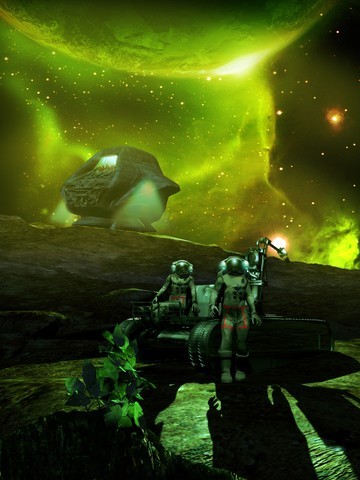astronomers have applied a formula to try and figure it out…
Can they actually calculate the odds on something like this or is it unknowable? The search for alien life continues strong in 2016 and is not a subject reserved for those on the fringe of society. MIT and Cornell scientists are weighing in on things. The discovery of exoplanets being detectable is making some news:
The Drake equation describes “N”: the number of civilizations in our galaxy with which radio communication might be possible. Its author, the astronomer Frank Drake, originally penned it as a discussion point for one of the first meetings about the search for extraterrestrial intelligence in the early 1960s.
The discovery of planets orbiting other stars has suddenly given astronomers a good idea of the fraction of stars with planets and the fraction with rocky planets in the habitable zone.
Here is a bit more information regarding their calculations. And for most space fans and science fiction fans alike, it is promising!
That raises an interesting question: how has all this new data influences the Drake equation? Today we get an answer of sorts thanks to the work of Adam Frank at the University of Rochester in New York and Woody Sullivan at the University of Washington in Seattle. “The empirical determination of exoplanet statistics has radically changed the nature and quality of constraints astrobiologists now have at their disposal when considering the prevalence of life in the Universe,” they say.
And it immediately leads to an interesting conclusion. If the probability of a technological species arising on a given planet in a habitable zone is greater than one in 60 billion, then another technical species has probably arisen at some point elsewhere in the Milky Way. A tantalizing thought.
What would you do if you had the time and team to search for aliens? Would you deploy a S.E.T.I.-like search method or perhaps invest in propulsion systems?
Feel free to comment with your ideas on this!
thanks to MIT Review for the great info
thanks to cornell.edu for the great info

Here’s my question.. if the light we see from these planets and stars are millions or billions years old and we detect life. Wouldn’t we be looking at a civilization that was billions of years old. This to me seems implausible but I guess it could happen but then again if a civilization is that old I could only imagine the technology they have.